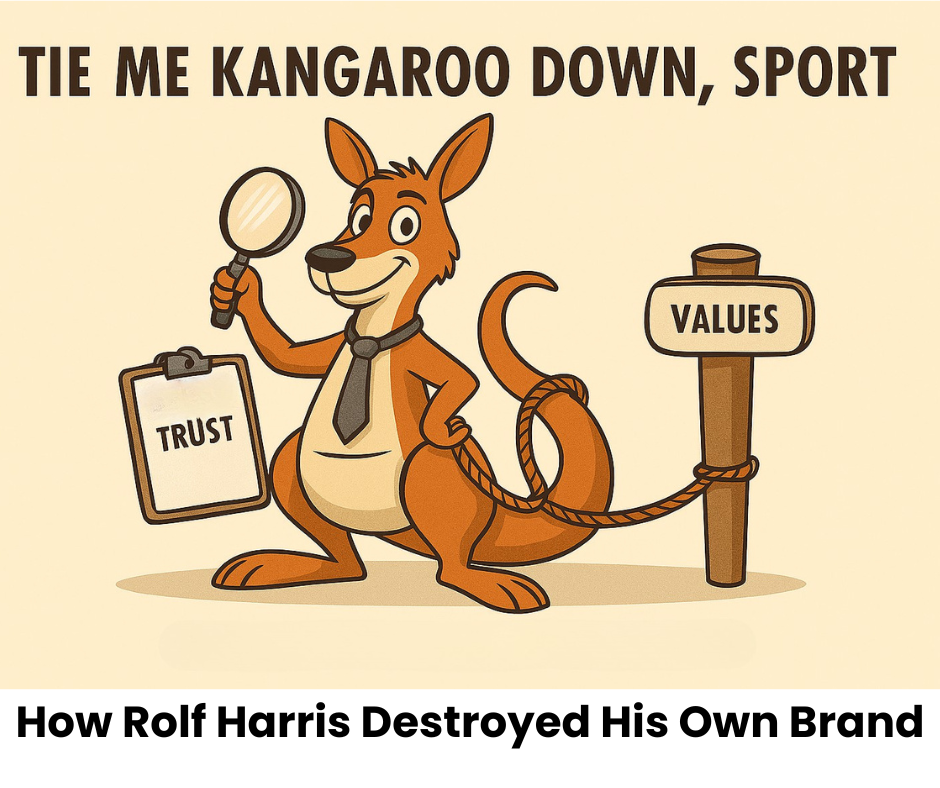💬 What Do You Do When a Customer Asks for a Discount?
- bizxsell
- 1 day ago
- 3 min read

Whether you're selling enterprise software or handmade candles, the moment a customer asks, “Can you do better on price?” is a strategic crossroads. If your team isn’t trained to handle it, they’ll likely cave—and your brand risks being seen as a commodity.
🧠 What That Question Really Means
In both B2B and B2C, a discount request often signals uncertainty—not just about price, but about value.
• In B2B, it may reflect budget constraints, internal pressure, or a lack of perceived differentiation. The “Good enough is good enough” attitude can often be considered the safest option.
• In B2C, it’s often emotional: a desire for a deal, fear of missing out, or a reflex from being trained by endless sales.
Either way, it’s not just about cost—it’s about confidence.
🔍 How to Respond: Shift the Lens from Price to Value
Your goal isn’t to defend the price. It’s to deepen the value conversation. That means understanding both rational and emotional motivations.
In B2B, ask:
• “What would solving this problem mean for your business this quarter?”
• “What’s the cost of doing nothing?”
• “What would success look like for you—and how will you measure it?”
• “What’s at stake for you personally if this doesn’t work?”
In B2C, ask (or design messaging that answers):
• “What inspired you to look at this today?”
• “How will this product make your life easier or more enjoyable?”
• “What do you love most about this option?”
• “What would it mean to finally solve this problem?”
These questions don’t just uncover needs—they build emotional resonance. They help the customer feel the value, not just calculate it. Of course, these are just examples, but they should help you get the picture. Formulate your own list of questions based on your particular industry.
🛑 Why Discounting Can Be Dangerous
Whether you’re selling to a CEO or a consumer, reactive discounting leads to:
• Eroded margins
• Devalued brand perception
• Trained buyers who expect price cuts
• A race to the bottom that’s unsustainable
🧭 What to Do Instead
If you must offer a discount, make it strategic:
• In B2B, tie it to volume, loyalty, or referrals.
• In B2C, use it to reward engagement, bundle value, or create urgency—but never as a default.
Better yet, build a culture that sells outcomes, not price points. Train your team to uncover emotional drivers, tell compelling stories, and position your product as the only solution that truly fits. Take their eyes off the price and fix them on the value. If the value is worth more than the price, it’s a bargain for the buyer.
⚠️ A Critical Disclaimer: Value Is Defined by the Customer
Let’s be clear: value isn’t what you say it is. It’s what the customer feels it is.
That’s why these questions aren’t just sales tactics—they’re customer research. Every answer reveals how your market thinks, feels, and decides. Over time, these insights shape your messaging, your positioning, and your product development.
So don’t let these conversations vanish into thin air. Record them. Use your CRM system to capture:
• Common objections
• Emotional triggers
• Decision-making criteria
• The language customers use to describe their problems and goals
This builds a living database of customer-defined value—one that helps marketing, product, and leadership stay aligned with what truly matters.
Because the best sales teams don’t just close deals. They uncover truths. And they use those truths to build brands that resonate.
🎯 Final Thought
Price is visible. Value is felt. And when value is felt deeply enough—rationally and emotionally—the customer stops asking for a discount and starts asking how soon they can get started.



Comments